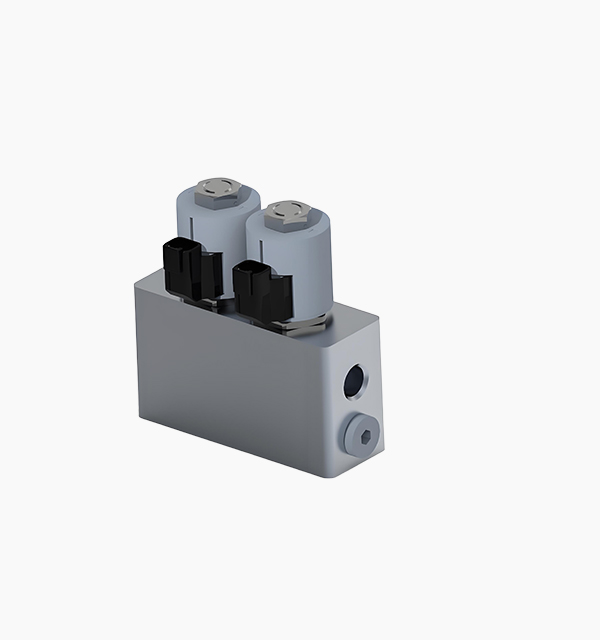Independent Flow Channel Liquid Cooling Structure and Application of Proportional Flow Valves in Energy Storage
In an era where global environmental protection and sustainable resource utilization are prioritized, nations have set low-carbon development goals, driving the growing demand for energy storage systems and new energy applications. Energy storage technology serves as a pivotal bridge for new energy to replace traditional fossil fuels. Developing energy storage solutions with longer cycle life, higher energy density, and enhanced safety has become a focal point of research worldwide.
I. Maturity and Advantages of Lithium-Ion Battery Energy Storage Systems
Compared with other energy storage battery technologies, lithium-ion battery energy storage systems have reached relative design maturity, supported by a complete upstream-downstream industrial chain. This enables significant cost control in practical operations. Lithium-ion batteries are widely adopted in energy storage due to their environmental friendliness, high specific energy, excellent cycling performance, mature manufacturing processes, and declining production costs. However, their performance and lifespan are highly temperature-sensitive—both excessive heat and extreme cold degrade battery efficiency and service life.

II. Significance of Temperature Control Systems for Containerized Lithium-Ion Battery Energy Storage
Research on temperature control systems for containerized lithium-ion battery energy storage is critical, as optimizing battery system performance and longevity has become a leading industry focus. Liquid cooling structures dominate the market for battery pack thermal management. As a heat management technology using liquids as heat transfer media, liquid cooling (or "liquid cooling") leverages the high heat capacity and heat transfer coefficient of liquids to exchange heat between low-temperature fluids and high-temperature batteries, achieving cooling.
Technical Characteristics of Liquid Cooling Systems:
Despite their complex structures and high maintenance demands, liquid cooling systems have emerged as the mainstream of battery thermal management research due to their superior cooling performance and precise controllability. Current research focuses on indirect-contact liquid cooling systems, emphasizing the design of fluid channel dimensions and layouts, as well as the development of cooling medium materials.
Future Optimization Potential:
While structurally intricate, liquid cooling systems hold promise for simplification and cost reduction through design optimization, aligning with the industry's pursuit of efficient, economical thermal management solutions.
III. Technical Trends in Battery Thermal Management
The dominance of liquid cooling in battery thermal management reflects a broader shift toward high-performance energy storage solutions. As the industry advances, optimizing liquid cooling systems—including flow channel design, proportional valve integration for flow control, and material selection—will be key to enhancing battery safety, extending cycle life, and driving the commercial viability of new energy storage technologies.
